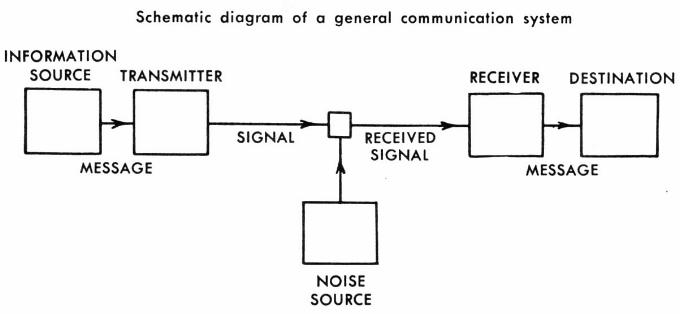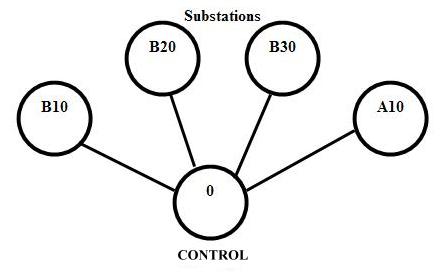
Communications to a modern army are as important as fully charged blasters and fuel. Without good comms things will go very wrong very quickly. Communications allow Commanders to keep a close eye on what is happening with battles, relaying vital information and orders back down to the front lines. This has to be done as quickly, efficiently and as accurately as possible.
The following lesson is designed to help you with the basics of communications, filling you in on background information and procedures so that your communications skills will be enhanced. These are the basics of the main points, which shall be covered in more detail in later lessons.
Many different communications networks and modes of communications are used throughout the Hammer’s Fist, but the aim of this introductory lesson is to give you the common details that cover all systems.

Security Specific procedures are used to communicate between net users. They are designed to ensure the following:
If communications are difficult, or you are used a code, you may have to spell a message. If this is to happen then you should use the phonetic alphabet. Always precede the spelling with the words “I spell” to give the distant end signaller warning that he will need to write down the letters. You will be required to constantly practice using the phonetic alphabet for it to become an automatic response. The author of this lesson suggests you practice when passing ship’s registration markings and other such alphanumeric codes.
| A — Alpha | B — Bravo | C — Charlie | D — Delta |
| E — Echo | F — Foxtrot | G — Golf | H — Hotel |
| I — India | J — Juliet | K — Kilo | L — Lima |
| M — Mike | N — November | O — Oscar | P — Papa |
| Q — Quebec | R — Romeo | S — Sierra | T — Tango |
| U — Uniform | V — Victor | W — Whiskey | X — X—Ray |
| Y — Yankee | Z — Zulu | ||
| 1 - One | 2 - Two | 3 - Three | 4 - Four |
| 5 - Five | 6 - Six | 7 - Seven | 8 - Eight |
| 9 - Nine(-er) | 0 - Zero |
e.g. the planet name Eos would be passed across the net as:
I SPELL Echo Oscar Sierra
As well as spelling out difficult words, number should also be passed individually
e.g. Twenty three fifty nine hours would be sent as:
FIGURES — two, three, five, niner, hours.
All individual stations and operators on the Hammer’s Fist nets have call sign indicators. This method has been introduced so as to identify the user to all other users without the need of giving away individual unit names. You should always have a CSI before you go on the HF’s comms networks, and the central communications head issues the main ones for the Head Quarters units. All other can then be deduced at a lower level, and these CSI’s must be used in every transmission.
DO NOT answer anyone who does not identify himself or herself with an appropriate CSI. The senior station in the network (Zero) should say:
Unknown station, this is Zero. Verify own call sign, over
Appointments and titles were once used for all levels in the comms network, but were too simple to deduce who was where and doing what. After a few generals were killed someone realises that appointment titles being openly passed over the net wasn’t such a good idea. But, two multi-level titles have stuck.
Sunray - The Sunray is any commander, be that the Brigade, Company Troop or Section commander
Sunray-Minor - This is Sunray’s second-in-command.

B10, B20, B30 and A10 are substations. For total effective operation, the control operator, CSI 0, is in charge of this network, and this does not change even if one of the substations in manned by someone of a superior rank. Only one station may speak at any one time, therefore, to prevent confusion, the following rules must be obeyed:
There are many reasons that make Voice Procedures necessary:
Aids to accuracy: There are two main aids at our disposal to aid in accuracy. One is the phonetic alphabet, which we have already reviewed. The other is Prowords. It should also be remembered that when transmitting a message the following should be observed:
Another acronym that can aid in communications is CLAP.
Prowords
I Spell — I am going to spell out a word letter by letter.
Cuchulain — I spell Charlie Uniform Charlie Hotel Uniform Lima Alpha India November
Figure — I am going to send a long number, figure by figure. (127001)
Figure — One Two Seven Zero Zero One
Hello — used as an introduction to an initial call, then followed by the desired address and the caller’s address.
Hello Bravo One Zero, this is Alpha One Three.
Send — go ahead with your transmission.
Message — offer of an unregistered message, giving warning that the operator at the distant end will have to take note.
Over — this is then end of my transmission, a reply is required.
Out — this is the end of my transmission, no reply is required.
Wait out — your transmission is received; a further transmission on the same subject will follow later.
Roger — Message received and understood.
Wrong — what has been said is incorrect and the correct version is…
Say again all or Say again all after — should someone be talking too fast or there is a break in transmission this command is used to clear up discrepancies.
I say again — used to answer the above query or to reiterate a certain point. Sunray is in location. I say again, Sunray is in location.
Radio check — to ensure equipment is working correctly. The station who initiates the radio check will also answer at the end.
Hello Zero, this is Alpha Zero. Radio check over.
Zero, radio check okay, over
Alpha Zero, radio check okay, out.
Cuchulain Darkblade
Kreeayt Havok